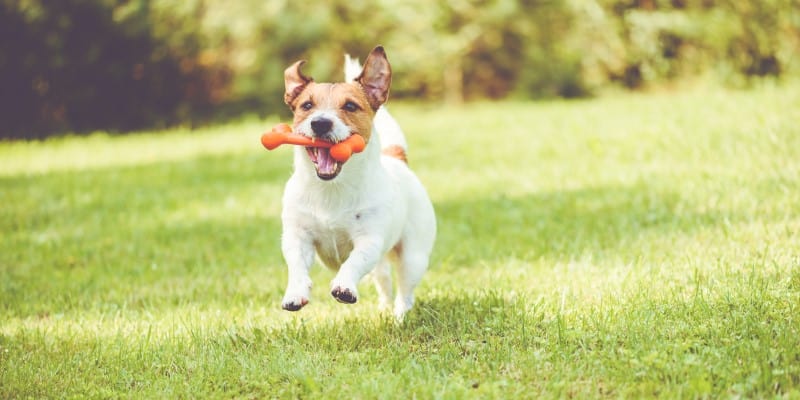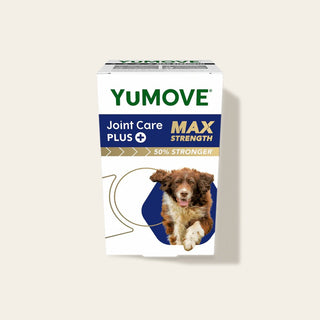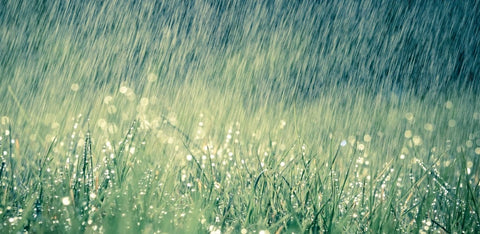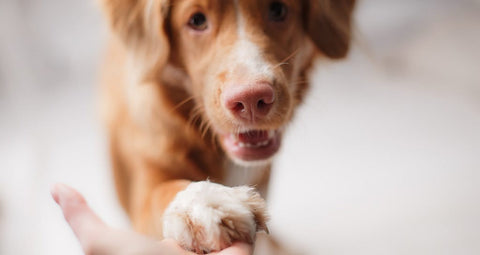

Dangers of dogs playing with sticks
“Don’t throw sticks for your dog. It’s dangerous.” All dogs owners have heard this advice and, most likely, dismissed it.
It’s hard to take this warning seriously when we know that our dogs love sticks so much. They love to chase after them, they love to track them down, they love to chew them.
All dogs seem to have their favourite type of sticks, too. They know precisely the kind of stick they’re looking for, whether it’s the Staffie triumphantly parading along with a four-foot stick in its mouth or the cockapoo who looks like Winston Churchill chomping on a giant cigar.
We know of dogs that show their discernment by gradually picking up and discarding different sticks on their walk, until they find the perfect stick. Then they hold onto that day’s favourite stick until they get home, generously depositing it on the doorstep for you alongside the other special sticks they’ve previously gathered.
It’s like your own miniature art installation – always changing and evolving, always in the way when you try to get in or out of the house.
Why dogs love sticks

Mainly, we think that the thrill of chasing after a stick comes down to our four-pawed friends’ love of hunting. When we throw a stick, our pooch’s pursuit instinct kicks in, and they race off to catch their knobbly wooden prey.
To your dog, sticks also smell fascinating. Your hound’s sense of smell is at least 10,000 times more powerful than yours. So while you might dismiss that nondescript piece of wood as “just a stick”, your dog revels in detecting a zillion different scents that add up to a delicious sensory overload.
In addition, dogs find it extremely satisfying to chew sticks. They particularly like the ones that are a bit mouldy and on the point of falling apart. But they’re not fussy. For most dogs, any stick that you can chew to pieces is a good stick. This could be because a stick is shaped a bit like a bone, because they enjoy a good jaw workout, or because they’re bored and chewing on a stick helps pass the time.
Sticks can be dangerous for dogs

Dogs do seem to derive great enjoyment from the humble stick, so why should we stop their fun?
Well, sadly, playing with sticks can have serious consequences for dogs. We hate to be party poopers, but here are some of the potential dangers for your pooch.
1. Soft tissue damage
If your dog runs into a stick that’s poking out from the ground at an awkward angle, the stick could pierce their mouth, chest or abdomen.
2. Damage to teeth
When you look at the way your dog attacks a stick and chews it into submission, it’s no surprise that this activity might damage their teeth. Your pooch might chip or break a tooth, which could in extreme circumstances lead to a dental abscess.
3. Mouth abscesses
Chewing sticks can also result in mouth abscesses. This happens when some of the tiny pieces of the stick become stuck in your dog’s gums, leading to an infection and, subsequently, an abscess.
4. Splinters in the throat
If your dog has crunched a stick to pieces or starting chewing on splinters, one of the shards of wood could catch in their throat. This could cause pain or possibly obstruct their airway.
5. Stomach irritation
Twigs can irritate the stomach lining, potentially causing diarrhoea or vomiting.
6. Gastro-intestinal obstruction
As your dog cannot easily digest wood, this may cause a gastro-intestinal obstruction in the digestive tract between the stomach and the colon. This can cause severe abdominal pain and even result in death.

How serious is this problem?
Having looked into the possible dangers of dogs playing with sticks, it’s proved tricky to find many statistics showing how many stick-related accidents actually take place.
The closest we came was this BBC article from 2016. It quoted a veterinary practice in Cheshire which reported seeing 20 cases of stick injuries a year. The vet charity PDSA also said that it sees stick-related injuries every week across its 51 hospitals.
Distraction techniques

If you want to reduce your dog’s devotion to sticks and lessen the corresponding risk, here are a few suggestions.
First, make sure that your dog obeys the “Leave it!” command. That way, if they approach a stick that you don’t like the look of, you can ensure they will leave it alone.
Second, have a toy on hand to use as a distraction. If you take your pup’s favourite ball out when you go for a walk, you can guarantee that your dog will value it more highly than some old stick that’s just lying about on the ground.
Third, if you suspect your dog is chewing sticks because they’re bored, engage them in scent-based games or hunting games to get their attention. You could even create an agility course in your garden.
Are you pro or anti-sticks?
What do you think about the dangers of allowing your dog to play with sticks? Is it something that worries you? And, if so, how do you deal with it? Please share your thoughts on our Facebook and Instagram pages.



